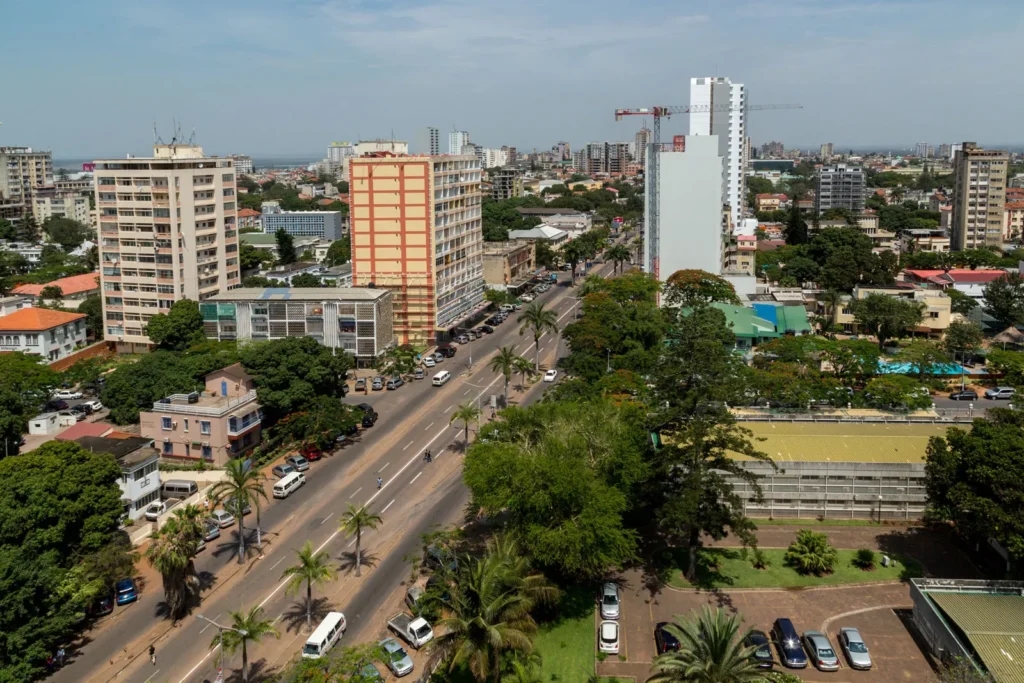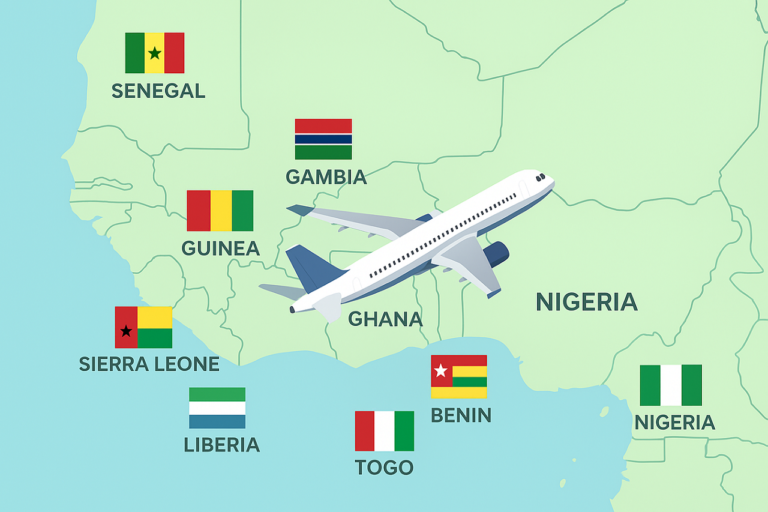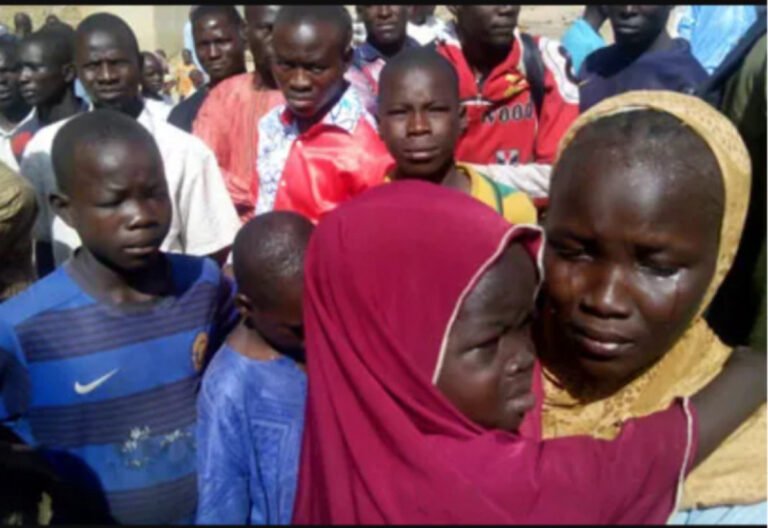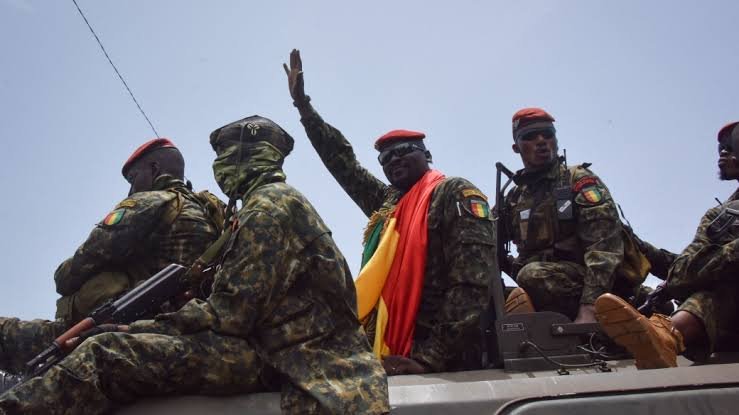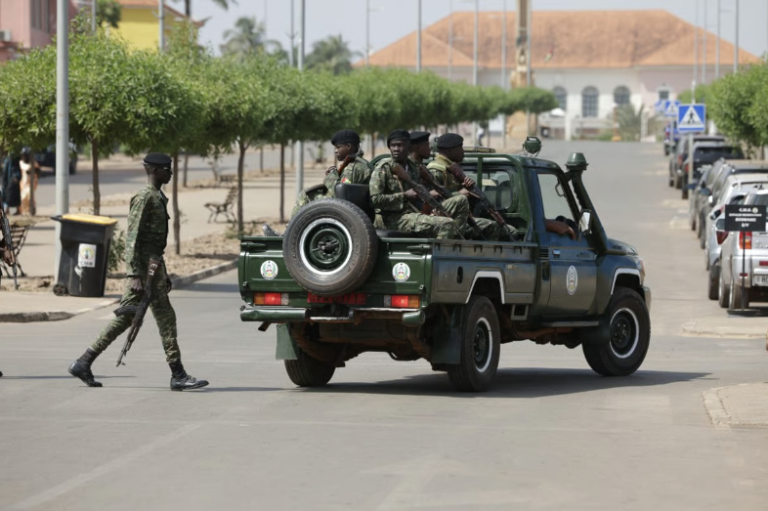As the African Union continues its push for regional economic integration, Mozambique has become the latest country to formalise its tariff commitments under the African Continental Free Trade Area (AfCFTA). The gazetted Provisional Schedule of Tariff Concessions (PSTCs) takes the southern African nation a step toward dismantling trade barriers and harmonising policy with 23 other African economies.
Mozambique’s decision establishes a legal framework for preferential tariff treatment on 90 percent of goods traded across African borders. This shift offers both predictability for importers and reassurance for foreign investors navigating the continent’s often volatile regulatory landscape.
“This provides clarity and certainty,” a post by the AfCFTA Secretariat reads, “confirming that Mozambique will grant preferential tariff treatment to eligible goods upon importation, in line with its commitments under the AfCFTA Agreement.”
Mozambique’s embrace of AfCFTA reforms comes at a time when its economy is navigating a fragile recovery. Nearly a decade after the revelation of a multibillion-dollar hidden debt scandal in 2015 plunged the country into economic disarray, growth has remained sluggish. Cyclones Idai and Kenneth devastated infrastructure, and the COVID-19 pandemic further stalled recovery. Between 2016 and 2023, the nation’s gross national income (GNI) per capita fell by 9 percent.
Gross National Income (GNI) measures the total income earned by a country’s residents and businesses, including income from abroad. A drop means that, on average, people in the country earn less income than before, after adjusting for inflation.
According to Statista, real GDP growth in 2024 was estimated at just 1.85 percent. That figure reflects a 2.38-point decline from the early 1980s, with intermittent rebounds. However, with new tariff reforms and anticipated gains from expanded intra-African trade, economic forecasts suggest an upswing of nearly 9.5 percentage points by 2030, only if momentum is sustained.
Tariffs and Trade Obstacles
High import duties and opaque valuation practices have long hindered trade across much of the continent. In Mozambique, such barriers have raised the cost of doing business, especially for small traders. Under the AfCFTA framework, member states aim to eliminate these frictions, fostering cross-border trade flows and accelerating industrial development.
The World Bank projects that full implementation of the AfCFTA could lift 50 million people out of extreme poverty and increase African incomes by 9 percent by 2035. But success depends on more than tariff cuts. “The agreement must accomplish its most ambitious goals,” the Bank warns, including harmonising digital commerce rules, investment frameworks, and intellectual property protections.
Mozambique’s move aligns it with larger economies like Nigeria, Ghana, and South Africa, all of which have adopted the PSTC framework. The effects are already visible. South Africa, for instance, reported over $7 billion in foreign investment in 2024, much of it in renewable energy and hydrogen projects, following AfCFTA-aligned reforms.
If implementation remains on track, a full continental adoption of the AfCFTA is projected to boost intra-African trade by 109 percent, between 2018 and 2035.
Mozambique’s tariff reform also comes at a time when global trade is becoming increasingly protectionist. In April, former U.S. President Donald Trump proposed imposing “reciprocal tariffs” on 57 trading partners, including 17 of Africa’s poorest economies, nations with negligible impact on America’s trade balance. Though the decision was suspended, if the United States government proceed with the move, these tariffs could deepen economic fragility across Africa and stall development efforts.
Meanwhile, the AfCFTA offers a regional lifeline. It reduces dependency on external markets and promotes rules-based intra-African trade.


